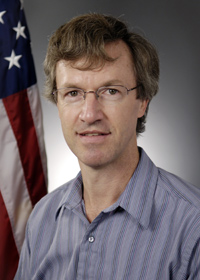
A team of highly qualified sailors here are currently maintaining the vital process of nanofiltration that enables ground water from Parwan province to be utilized in the day-to-day operations of the Detention Facility in Parwan. (Photo by Staff Sgt. Faiza Evans)
A team of highly qualified sailors here are currently maintaining the vital process of nanofiltration that enables groundwater from Parwan province to be utilized in the day-to-day operations of the Detention Facility in Parwan.
Chief Petty Officer Andrew Anderson, supply lead, Task Group Trident, supervises a team of sailors responsible for running a water plant here, and maintaining a holding tank they call Big Blue that supplies disinfected, non-potable water to the DFIP.
“The job we do of monitoring and producing water is very important,” said Anderson. “Every person, our service members, counterparts and detainees, need water, and the constant production of water for the DFIP is crucial to the success of the mission.”
Task Group Trident is a subordinate unit of Task Force Protector. Protector is the unit responsible for the secure and humane care, custody and control of all the detainees in the DFIP.








Recent Comments